Sometime in April, the American media was abuzz with talk of a particular system of voting which sounded very novel to many of us back here in Nigeria; the postal or mail-in system of voting. It is a system whereby voters receive their ballot papers via mail, they thumbprint their choice and return same via mail.
It is a very simple system which, when I try to juxtapose it into the electoral system of our own dear country Nigeria, I begin to see the numerous ways it could save us a lot of hassles. First off, it is pretty cost-effective so INEC doesn’t have to complain about lack of funds.
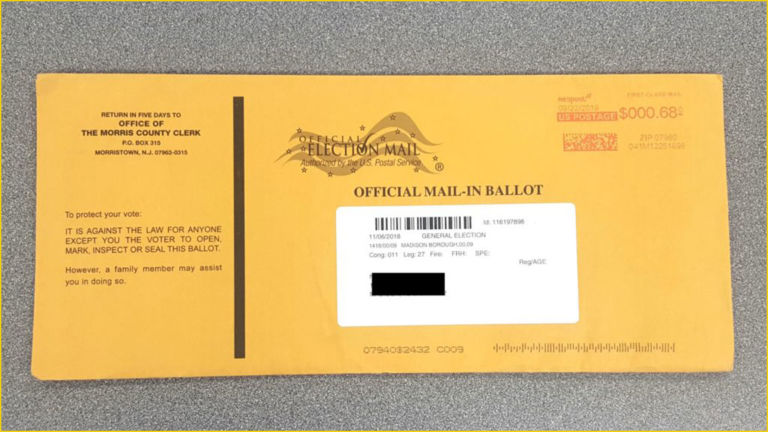

It also represents the most secret form of the secret ballot because, well, nobody knows when you receive a mail or when you send one. So nobody knows who you voted for.
Such a system would also reduce electoral violence because, well, I voted in my house, not at a voting centre. It will also reduce electoral malpractice especially the cash for vote curse that has plagued the Nigerian system.
Most importantly, it will guarantee a huge turnout of voters as more people will feel free to participate in elections. As it stands, many people always consider our elections anything but free.
Sadly, that system is never going to work in Nigeria, at least not anytime soon because we have an ineffective postal system. The question is: despite advanced technology why hasn’t the country had an election that comes close to that of June 12?
June 12
I won’t dwell much on the June 12 election because it was acclaimed the last truly free and fair election Nigeria had. It is imperative to note, however, that voting was still done very manually at that stage of the country’s electoral development.
There wasn’t even anything as mobile or internet services in the country at the time. The organization was quite laborious.
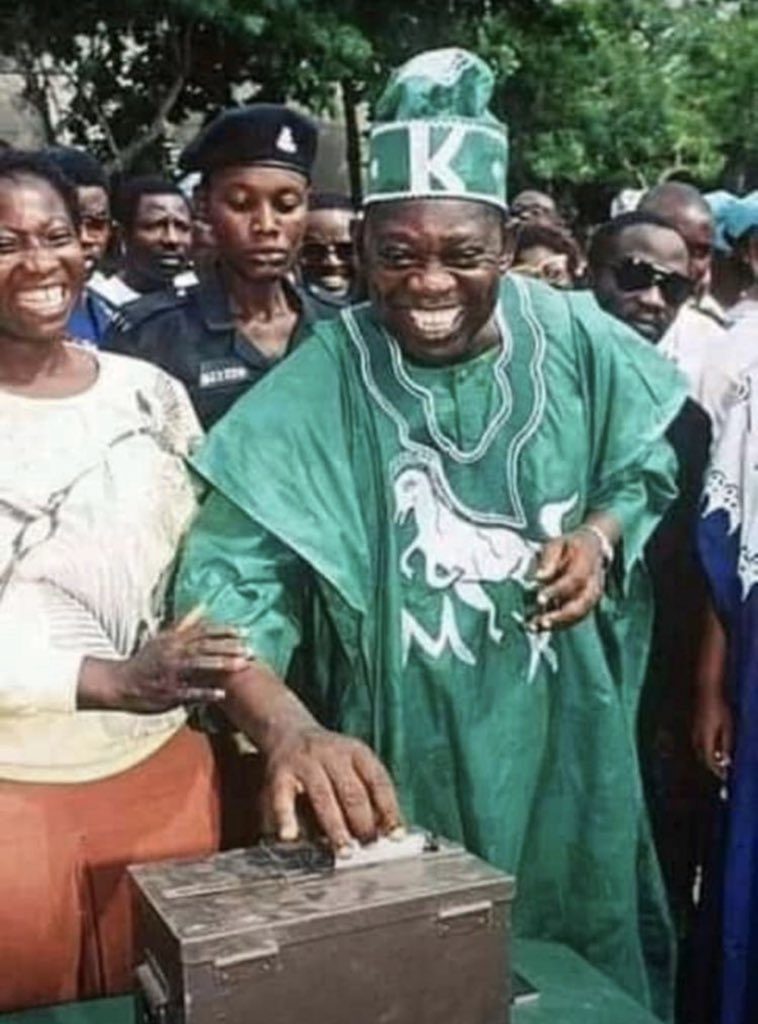

The technology was also limited that the general elections lasted six years. Local Govt elections were held between 1987 and 1991. State government and houses of representatives were held between 1991 and 1992 while the presidential election came up in the middle of 1993.
Yet, despite the obvious technological limitations, the country managed to pull off its best election yet. Why haven’t we built on it?
Technology advancements
Nigeria returned to civil rule in 1999 an electoral system that was paper-based. After registration, typewriters were used to record voters detail in the final register to be deployed to polling stations. With this method though, voters registration was completed within 14 days.
2003 General Elections
2003 saw the first major innovation in the electoral process with the introduction of Optical Magnetic Recognition (OMR).
This technology allowed the electoral commission store voters’ details and records in computerized forms. This was the forerunner of the voters’ registration process we still have today as well as the voters’ card system.
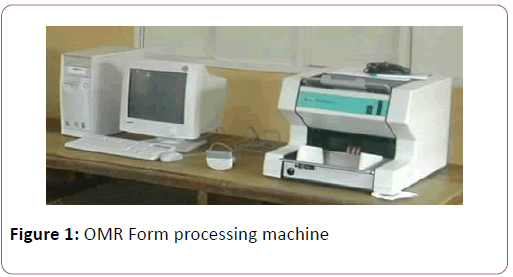

After registration using the EC.1A form, voters were issued a Temporary Voter’s Card (TVC) that should be presented on Election Day. The Automated Finger Prints Identification System (AFIS) was also introduced at this time to rid the register of multiple registrations. Registration under this system lasted 10 days.
The OMR technology is however limited in several ways:
- It didn’t help for the sorting and counting of votes or the collation and transmission of results.
- It didn’t capture images of voters.
- The register was pretty much still manual as it wasn’t transferable.
- There was no means of accreditation on Election Day neither did it prevent multiple votes.
2007 and 2011 General Elections
The 2007 election saw the introduction of Direct Data Capture Machines (DDCM) which, according to INEC would reduce incidents of electoral malpractice like multiple registrations, double voting, etc.
13,000 integrated data capture systems were deployed by INEC for the 2006 voters registration exercise. 22,000 Direct Data Capturing (DDC) machines and 18,000 devices for revalidation of voters register for electorates thereby giving enough room for the registration of over 61 million voters with 40,000 DDCs on the whole (with data and the printer units accessories) at the end of the exercise.
This also marked the introduction of electronic voters registers into the system. This innovation INEC believed would eliminate multiple voting for good especially when combined with the manual register.
Registration lasted 4 months.
This system, however, failed to address the collation of results which were still done manually. A lot has been known to go wrong during collation and counting.
2015 General Elections
The build-up to the 2015 election saw the highest advancement in the deployment of technology in the Nigerian electoral system with the introduction of INEC Voters Identification System popularly called the card readers.
With this system came the introduction of continuous voters registration and the Permanent Voters Card (PVC).
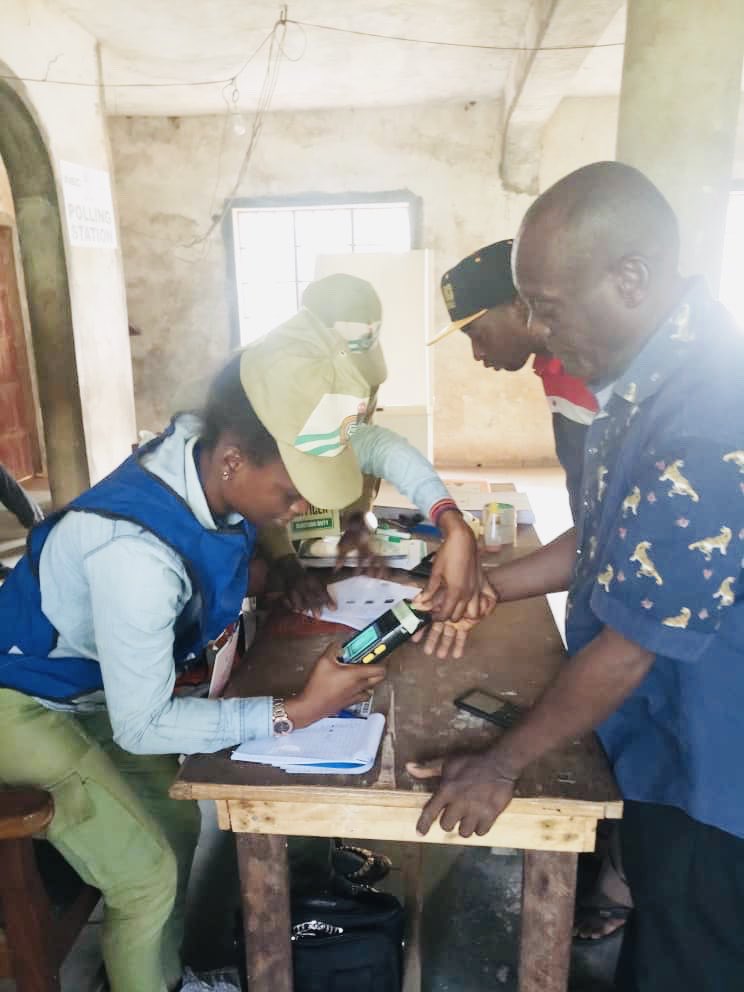

The PVC is an electronic document which has all the biometrics of its owner. The card reader is used for accreditation and confirmation that the bearer of PVC is genuine.
This was expected to reduce multiple registrations, voter fraud, vote forging and other kinds of electoral malpractices.
Why are elections still full of malpractices?
While Nigeria may not have the most advanced electoral technology in the world, the INEC however, does pat itself in the back for how far it has come.
Sadly, this hasn’t translated to the conduct of elections itself. The reason is quite simple: people. People remain the most important aspect of technology. Thus, technology can only be as effective as the people it is deployed for.
Thus, while INEC might be doing enough to upgrade and deploy more of its technology (a lot of people will disagree though), power-hungry politicians, corrupt officials and uneducated voters have been a perennial bane.
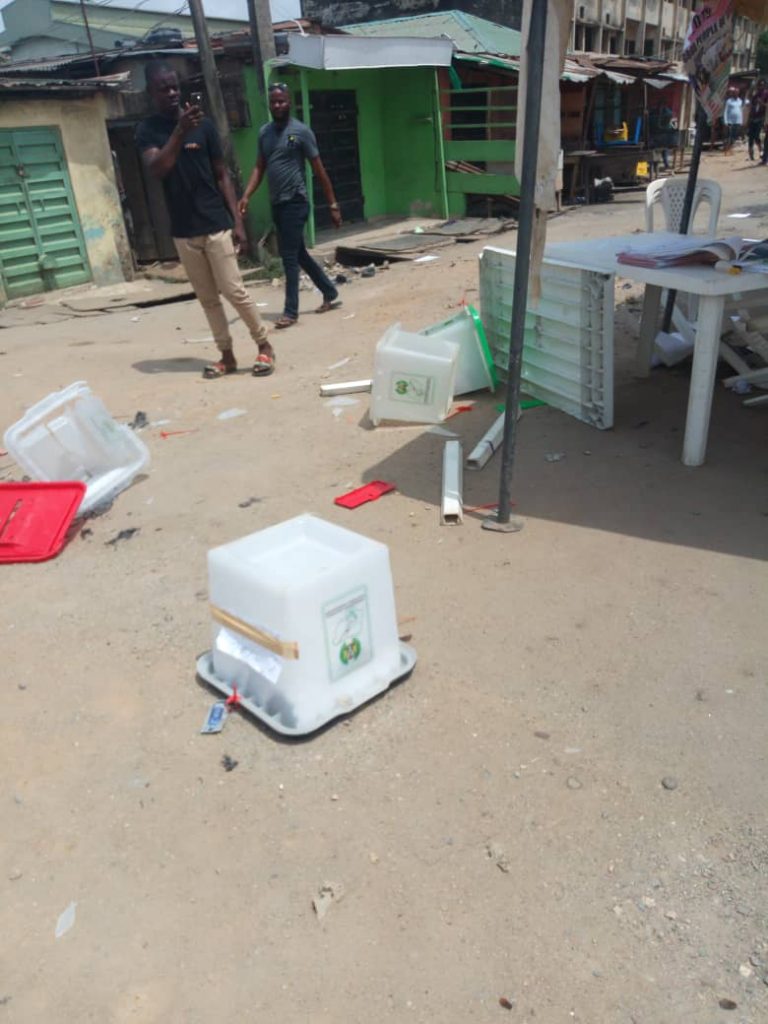

These form a perfect recipe for electoral malpractice, manipulation and violence. The last general election was a perfect example. Hired thugs usurped every technology deployed, destroyed electoral equipment, stuffed ballot boxes with fake ballot papers, and made a total mess of the process.
A report by a coalition of civil societies led by the Centre for Transparency Advocacy (CTA) describes it thus:
The politicians their agents and thugs constituted the greatest menace in the conduct of the 2029 general elections. From brazen acts of vote buying, violent attacks on perceived opponents, intimidation and abduction of INEC officials, snatching and destruction of ballot boxes and papers etc.
While INEC needs to perfect the deployment of its technology, the difference between conducting an acceptable election and a pathetic one still lies with the people of Nigeria.






